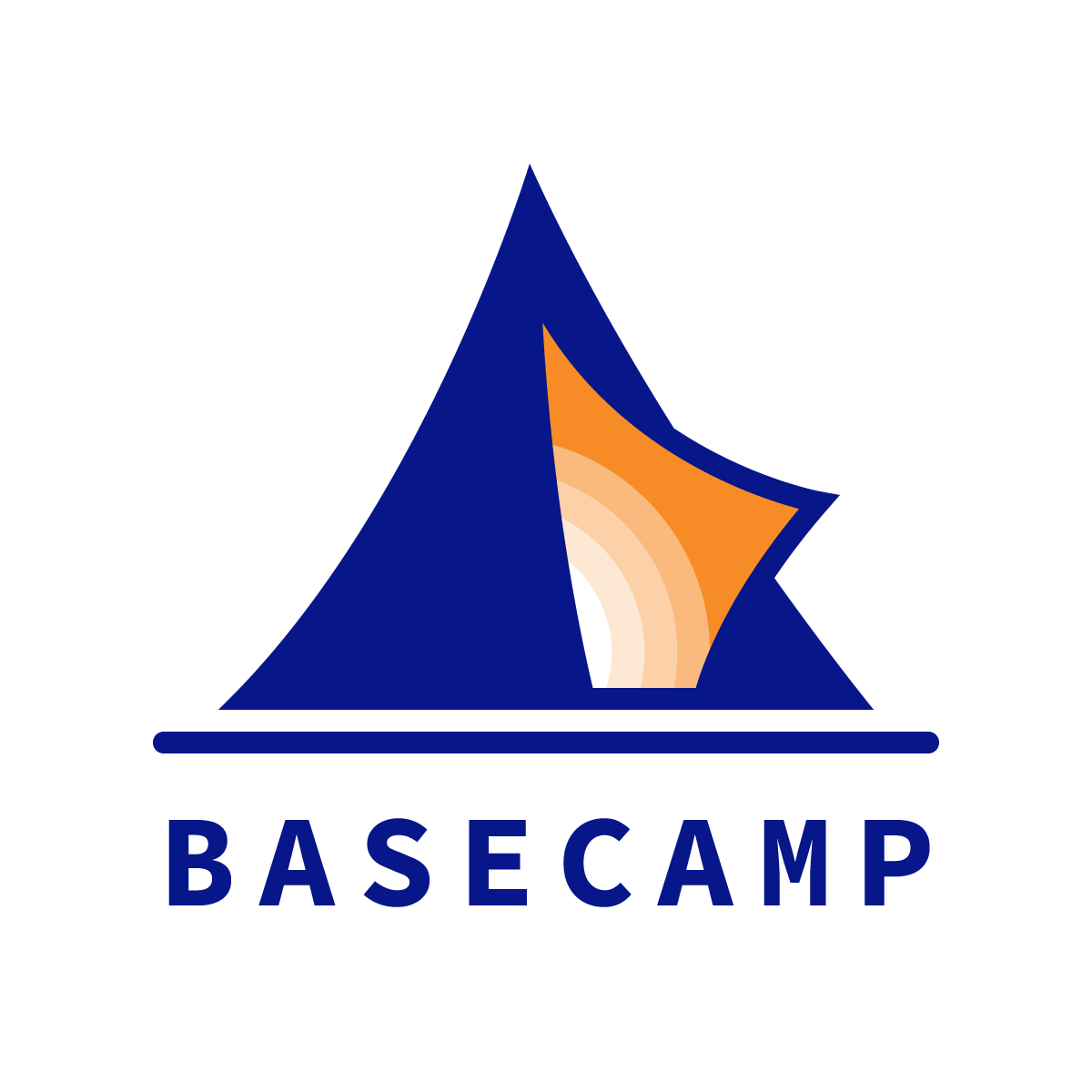Future of Learning Top Reads for week of Oct 8 2018
Photo by Logan Lambert on Unsplash
“Four Innovative School Models Every Leader Should Know,” by Michael Nachbar, on Global Online Academy Insights blog
The Downtown School (Seattle) offers a Lakeside School learning experience, minus the bundled extras (sports, extracurriculars, etc.). Result? Tuition that is half the price of Lakeside.
Workspace (Connecticut) blends a microschool with a network of “parents, educators, professionals and specialists [to] co-create custom educations.”
THINK Global sends cohorts of students to different countries each term for an immersive experience that “focuses on mastery, autonomy, and purpose and is delivered through experiential, hands-on projects.”
UT OnRamps, offered by U. Texas, is a dual-enrollment school: students earn college credit at the same time they earn high school credit.
Why does this matter to the future of learning?
The bundled, expensive, one-size-fits-all school should see a direct threat to its place in the market. Maybe only 5-10% of families want what’s being offered by these new school models, but can your school afford to lose 5-10% of enrollment? And as these models cross the chasm from “early adopter” families to “early majority” families, how much more might your enrollment contract? For private schools who depend on tuition for ~90% of operating revenue (read: most private schools), contraction seems inevitable.
***
“The Privilege Trap: Can Rich Kids Become Good Leaders?” by Sam Walker, in the Wall Street Journal
“If we assume that empathy is a positive trait, and that many privileged people come up short in that department, there’s still one missing link in the chain: whether having an abundance of empathy is a prerequisite for successful management.
“Some of the greatest leaders in history had mountains of compassion. Others were temperamentally aloof. The superior leaders I’ve studied had only one interpersonal quality in common. Whatever bubbles they were born in, they all felt comfortable operating outside of them.”
Why does this matter to the future of learning?
If learning to lead requires operating outside of our bubbles, then in the future schools that thrive will be diverse by design. The very best ones will promote cultures of pluralism.
***
“How I Know You Wrote Your Kid’s College Essay,” by JM Farkas, in the New York Times
“Unlike the other parts of the application, where high grade point averages and SAT scores reign supreme, the essay is less about being impressive than it is about being authentic.
“So the good news is: The college essay is the purest part of the application.
”The bad news: Parents, when you mess with your kids’ pure voices, you’re actually co-writing terrible college essays. And far more egregious and dangerous: You’re teaching your children that when the stakes are high enough, it’s O.K. to be unethical and possibly a plagiarist.”
Why does this matter to the future of learning?
Not so much about the future as about the here and now. It’s a shame when the least meaningful parts of the application (GPA, SAT, ACT) crowd out “the purest part of the application.” It is an even greater shame when that pureness, that chance for authenticity, is co-opted. And perhaps the greatest shame is that episodes like these erode the moral and ethical development of our learners.
What if the college essay were something that emerged from a slow drip starting in high school’s first year, synthesized periodically each year as part of the learning journey, so that by the time the student has come to Fall of senior year, she doesn’t have to rely on mom or dad to co-opt the process?
***
Question of the week:
***
Thank you for reading this post from Basecamp's blog, Ed:Future. Do you know someone who would find the Ed:Future blog worthwhile reading? Please let them know that they can subscribe here.


